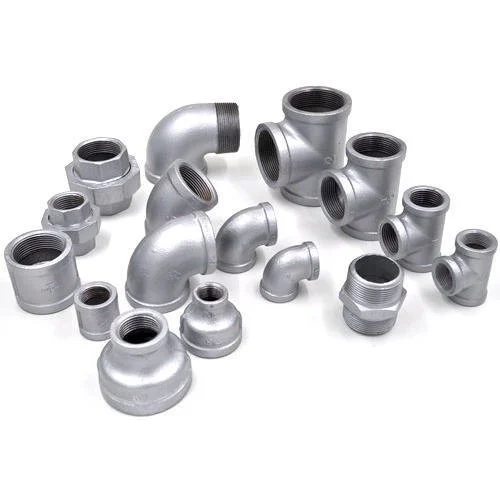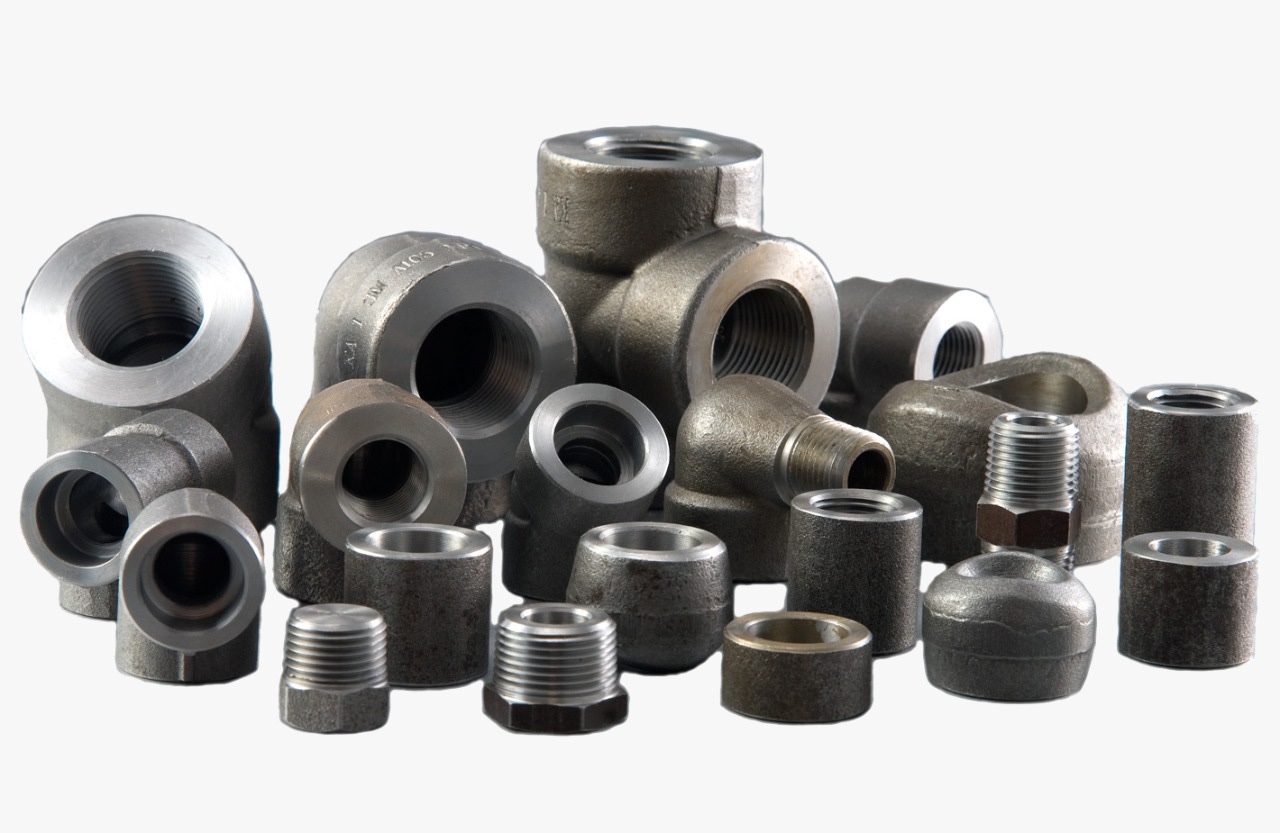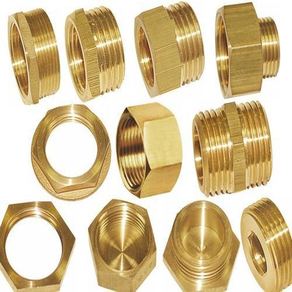Companies based in the UAE frequently need reliable partners for industrial components. Finding trustworthy pipe fitting suppliers in Saudi Arabia requires knowledge of the local market dynamics and quality standards. Saudi Arabia has developed a sophisticated industrial supply ecosystem with numerous specialized companies serving the oil and gas, construction, and manufacturing sectors.
Verifying Technical Compliance and Certifications
Quality assurance begins with proper certification. Reliable pipe fittings suppliers maintain comprehensive documentation showing compliance with international standards. Requesting material test certificates and dimensional reports helps verify that products meet specified requirements before purchase commitments.
Certification verification serves as essential due diligence in procurement processes. Companies should establish document verification protocols for all supplied materials. Most established pipe fittings suppliers readily provide digital access to certificates and test reports, streamlining the verification process.
Evaluating Manufacturing Capabilities
Production facilities directly impact product quality and consistency. When considering pipe fitting suppliers, examining their manufacturing processes offers valuable insights. Modern production techniques, quality control measures, and testing equipment indicate a supplier’s commitment to excellence.
Manufacturing assessment may involve facility visits or detailed discussions about production methods. Questions about machining precision, material sourcing, and quality inspection protocols help identify suppliers with robust manufacturing practices. Companies with transparent production processes generally deliver more consistent quality than those reluctant to discuss their methods.
Assessing Inventory and Supply Chain Reliability
Project timelines depend heavily on component availability. Well-established pipe fittings suppliers in Saudi Arabia maintain substantial inventories of common fittings and have reliable supply chains for specialty items. Discussing inventory levels and typical lead times helps prevent costly delays during project execution.
Supply chain resilience became particularly important following recent global disruptions. Suppliers with diversified sourcing strategies and backup suppliers generally maintain better availability during challenging market conditions. Asking potential partners about their contingency plans offers insights into their reliability during supply chain disruptions.
Building Strategic Supplier Relationships
Long-term partnerships create mutual benefits beyond transactional purchases. Developing relationships with selected pipe fitting suppliers in Saudi Arabia leads to preferential treatment, better pricing, and customized solutions for specific applications.
Regular communication about upcoming requirements helps ensure resource availability when needed. Sharing project pipelines and upcoming needs with pipe fitting suppliers helps them prepare appropriate resources and inventory. Mutual trust built through successful collaborations creates value beyond individual transactions, benefiting both parties over time.
Understanding Service and Support Capabilities
Post-purchase support significantly impacts operational efficiency. Quality pipe fittings suppliers offer comprehensive services, including technical guidance, installation support, and warranty backing. Responsive technical teams help resolve compatibility issues and ensure proper implementation.
Service evaluation involves checking response times and support infrastructure. Companies with dedicated technical specialists and established support protocols typically deliver better customer experiences. References from existing clients provide valuable perspectives on a supplier’s ongoing service quality and problem-resolution capabilities.
Conclusion
Many industrial projects face delays and budget overruns due to substandard components. Working with reputable pipe fitting suppliers in Saudi Arabia helps avoid such costly setbacks. The Saudi market offers both local manufacturers and distributors representing international brands, giving procurement teams multiple options based on specific project requirements.


